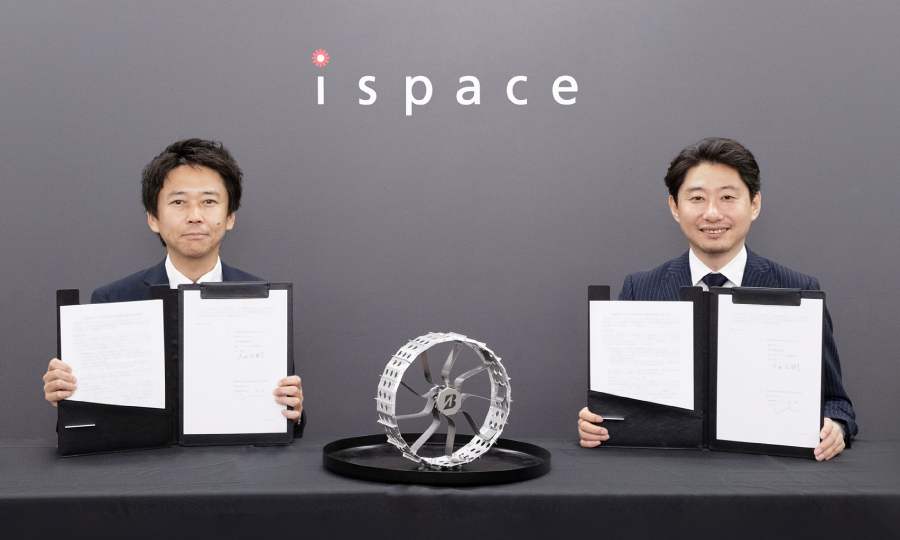
Tokyo-based lunar start-up Ispace has signed a basic agreement with Bridgestone to equip its next-generation small and medium lunar rovers with purpose-built lunar rover tyres. Announced on 31 July 2025, the deal sets out joint Earth-based testing from 2026 and targets operational deployment on the Moon by 2029, supporting Japan’s wider space-industry roadmap.
Under the accord, Bridgestone’s metal-spoked, air-free wheels will be mounted on ispace prototypes to validate performance across regolith, temperature swings and radiation before flight qualification. The partners also intend to tap the Japan Aerospace Exploration Agency’s to commercialise the technology.
“These tyres will undoubtedly contribute to future human advancement on the Moon,” said Takeshi Hakamada, Founder & CEO, ispace.
Bridgestone’s second-generation concept replaces rubber with interlaced metal spokes that flex under load yet resist abrasion. Key features include:
Laboratory wheel-on-soil rigs will precede full-scale field trials at analogue sites in Japan and the United States from early 2026. Data will feed into a flight-ready tyre slated for inclusion on ispace’s Series-2 lander mission later this decade.
Masaki Ota, head of Bridgestone’s New Mobility division, added:
“Our tyres support ispace’s rover from the ground up in the harsh lunar environment, as we take on various missions together.”
With small-sat launch costs falling and NASA’s CLPS programme spurring payload demand, analysts forecast a niche yet profitable market for specialist lunar rover tyres and related components.
Tagged with: lunar rover tyres, Bridgestone, ispace, space mobility, elastic wheels, tyre technology, Japan aerospace, lunar surface, rover prototypes, JAXA collaboration
Disclaimer: This content may include forward-looking statements. Views expressed are not verified or endorsed by Tyre News Media.












Sign up for our weekly briefing on key developments across the sector.